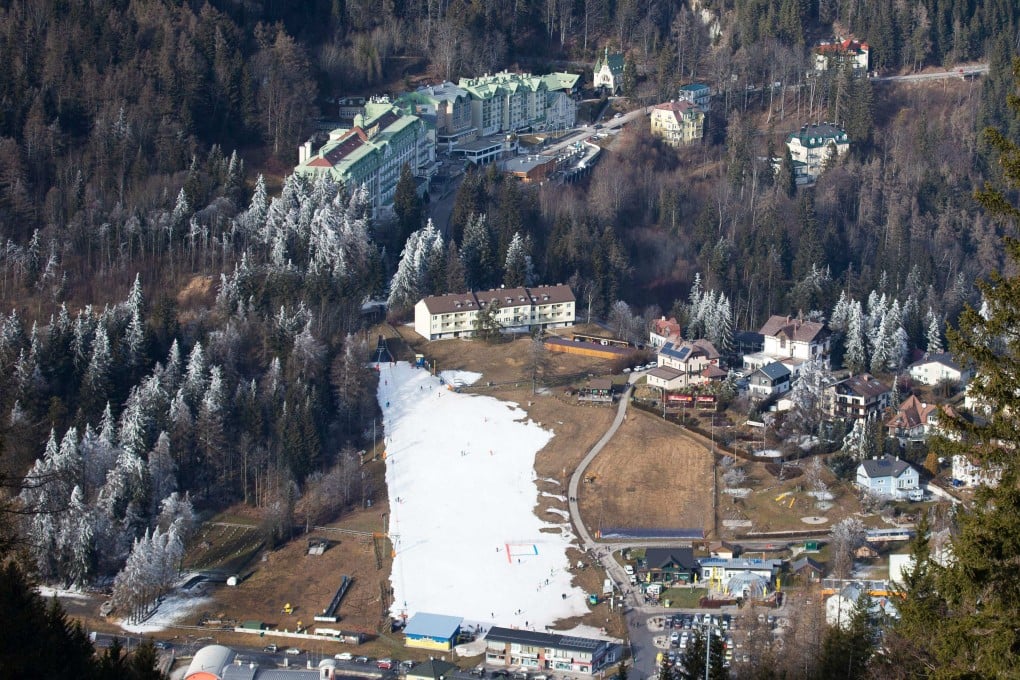Skiing forecast: heavy snowfalls kick-start 2022-2023 season, but late beginning in some regions shows how climate change will shorten time on the slopes
- Hokkaido and the European Alps apart, most ski resorts in the northern hemisphere had enough December snow this winter; some have seen record-breaking amounts
- The long-term skiing forecast is not so promising, however, with scientists saying climate breakdown will lead to shorter seasons and lower snowfalls

As keen skiers are all too well aware, there’s no way of guaranteeing great snow conditions on a ski holiday.
You can skew things in your favour by staying at a high-altitude resort – Val Thorens, at 2,300 metres (7,500ft) in the French Alps, perhaps, or Breckenridge, at a lung-busting 2,925 metres in Colorado’s Rocky Mountains, in the United States – but in the end, it’s down to the weather gods, and, increasingly, the impact of climate breakdown.
This Christmas, the European Alps made headlines due to their lack of snow, with unseasonably warm weather bringing record December temperatures of around 20 degrees Celsius (68 degrees Fahrenheit) to parts of the Swiss Alps and heavy rainfall up to an altitude of more than 3,000 metres, which washed away much of the snow base.
In truth, this was only really an issue for lower-level resorts, such as France’s Morzine, at 1,000 metres; higher-altitude resorts throughout the Alps had reasonable quantities of snow over the holiday season, and by late January, fresh snowstorms and temperatures well below zero across France, Switzerland, Italy and Austria kick-started the ski season in earnest.

Scandinavia enjoyed exceptional snowfall over the early winter period, with Norwegian resorts literally buried under the white stuff. Hemsedal saw a 100-year record broken in early January, when almost two metres of fresh snow fell.
